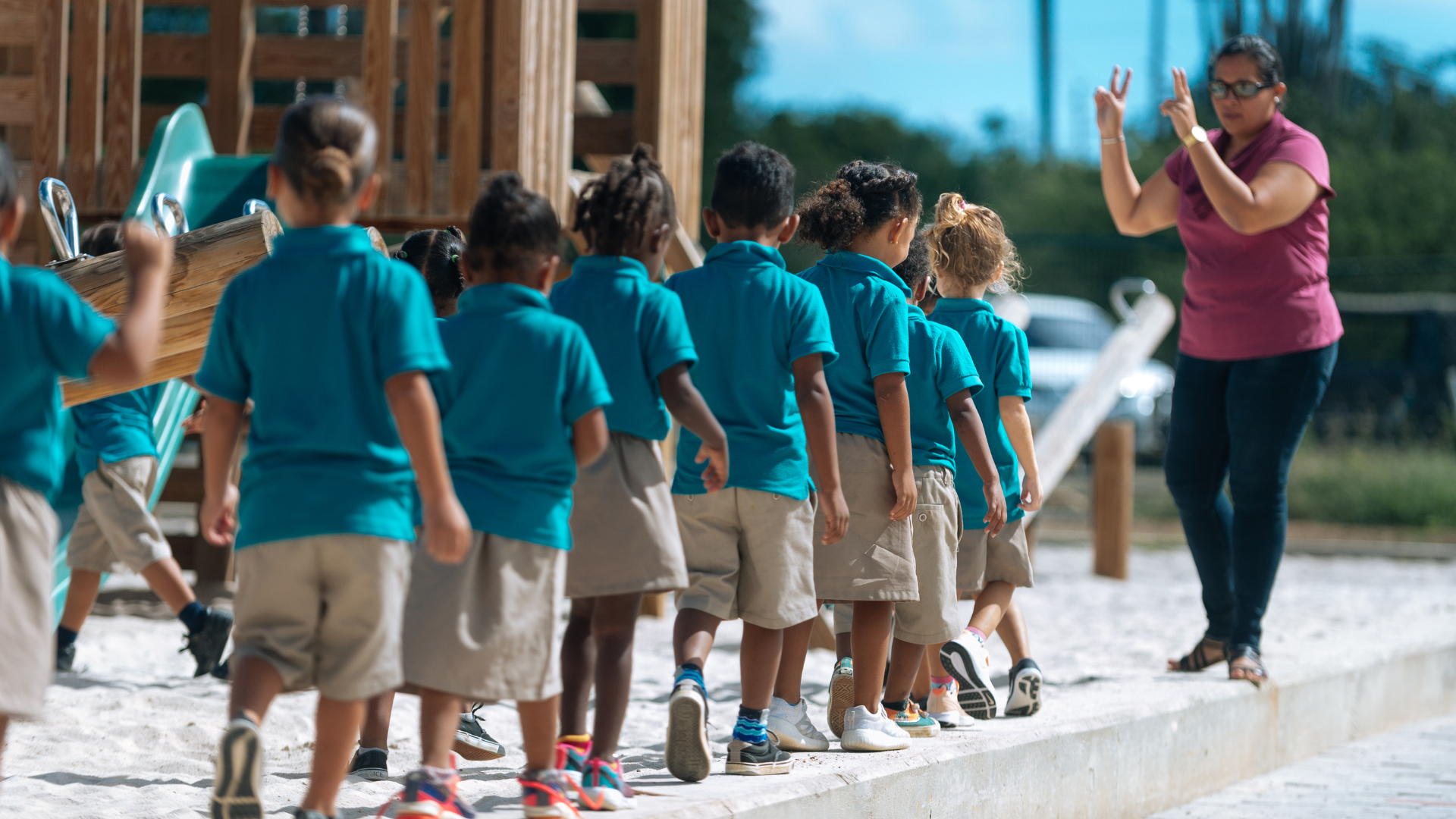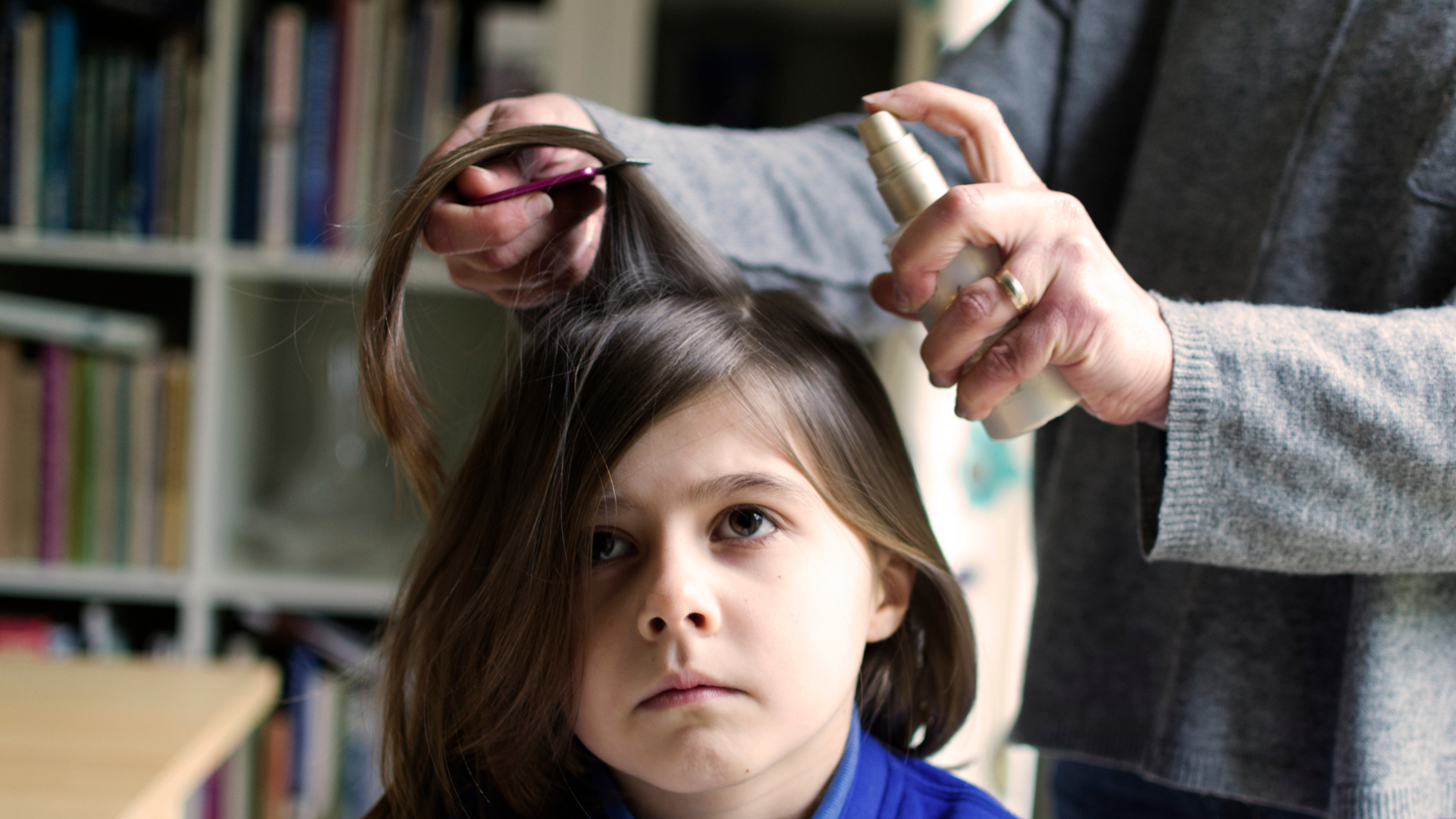As the golden leaves of autumn fall and the first school bell rings, excitement fills homes across the country. Backpacks are packed, lunchboxes are ready, and kids chatter about their new teachers, classmates, and subjects. For parents, it’s a season of joy and anticipation, but sometimes, it’s also a season of unexpected surprises. One of the most common early-school challenges? head lice outbreaks.
It’s no coincidence that lice infestations spike during the first weeks of school. Parents may wonder why it happens so suddenly, even in families with clean homes and diligent routines. The truth is, lice are opportunistic. The start of the school year creates the perfect conditions for them to spread quickly, often catching parents by surprise.
Understanding why lice outbreaks occur, and recognizing the factors that make schools a hotspot, can help parents approach the situation calmly and with confidence. In this article, we’ll dive deep into the main reasons lice are so prevalent during the first month of school, debunk some common misconceptions, and share real-life scenarios that illustrate how these tiny insects thrive in early-school settings.
1. Close Contact in Classrooms: The Perfect Environment for Lice
Schools are social hubs where children spend hours in close proximity. From group projects to reading corners, children often sit or play close together. This physical closeness is exactly what lice need to transfer from one head to another.
Unlike viruses or bacteria, lice do not spread through the air or through casual touch. They cannot jump or fly, so they rely entirely on direct head-to-head contact. A hug, leaning over a desk to share a secret, or even whispering to a neighbor across the table can create the opportunity for lice to move.
Consider this scenario: During arts and crafts, a group of children leans together to examine a project. Amid the shared excitement, lice can crawl from one scalp to another unnoticed. By the end of the week, one child’s infestation may have quietly spread to two or three others, without anyone realizing what’s happening.
In classrooms, especially during the first weeks of school, children are often meeting new friends. They may naturally gravitate toward each other, forming clusters for social interaction. This heightened social activity, combined with curiosity and physical closeness, makes early school days a hotspot for lice transmission.

2. Sharing Personal Belongings: A Hidden Lice Pathway
Kids love to share. Whether it’s a snack, a toy, or a favorite pencil, sharing is part of learning how to interact socially. Unfortunately, some personal items can also carry lice temporarily. Hats, scarves, jackets, hairbrushes, hair ties, headphones, and even earbuds can facilitate transfer.
Although lice prefer living on the scalp, they can cling to personal items long enough to move to another host. A simple hat exchange during recess, or passing around a comb to fix a messy ponytail, can be enough for a tiny louse to find a new home.
Think about first-grade recess: Children line up to play on swings or slides. Jackets and hats are piled together in a common area. One unnoticed louse can spread to multiple heads through contact with shared clothing.
This is why the first few weeks of school often see more outbreaks. Children are forming new friendships, learning social norms, and naturally exploring shared items, all behaviors that inadvertently create opportunities for lice to spread.
3. Seasonal Factors: How Weather and Clothing Contribute
The start of school often coincides with the cooling of summer into fall. With cooler weather, children begin wearing jackets, hats, scarves, and hoodies. These layers, while practical for warmth, can also help lice transfer. Lice can move from one scalp to another when heads brush against hoods or hats, especially in crowded hallways or bus rides.
Additionally, the shift from outdoor summer activities to more indoor play increases close-proximity interactions. Kids spend more time together in classrooms, gyms, and hallways. This setting gives lice additional opportunities to find new hosts.
For example, during indoor gym class, children might be paired up for activities, lying or sitting on mats. A single case of lice can silently spread to multiple children in a short time. Seasonal clothing and indoor routines, combined with the natural curiosity of children, create a perfect storm for early-school lice outbreaks.

4. Summer Lull and Reintegration: Hidden Infestations Come to Light
Many parents assume that lice only appear once school starts, but often, lice infestations begin during the summer, remain unnoticed, and only become evident once children return to school.
Summer is a season of travel, camps, playdates, and family gatherings. Kids are exposed to new social circles, and lice can be picked up during these interactions. Because summer schedules are less structured, and children may spend more time outdoors, infestations can go undetected for weeks.
Once school begins and children are in close daily contact with peers, lice multiply and spread more efficiently. The first month of school effectively reveals hidden infestations from the summer months.
Consider the story of Jacob, an 8-year-old who spent July and August at a summer camp. No symptoms were noticeable at home. Once school started, he began scratching behind his ears. Within a few days, two classmates were also affected. This is a classic example of how dormant lice infestations suddenly become visible during early school interactions.
5. Understanding Lice Behavior in Schools
To understand why outbreaks are common in early school weeks, it’s helpful to know a bit about lice behavior.
- Size and Mobility: Lice are tiny, about the size of a sesame seed, and move quickly along hair strands.
- Attachment: Their eggs, or nits, cling tightly to hair shafts near the scalp. This makes them hard to detect and easy to transport.
- Transmission: Lice cannot survive long away from a human host, but brief contact with hats, combs, or clothing can allow them to reach a new host.
This combination of rapid movement, close attachment, and dependency on human contact explains why schools, especially crowded classrooms in the early weeks, are ideal for lice outbreaks.
6. Common Misconceptions About Early School Outbreaks
Many parents panic when lice are discovered, often due to myths and misinformation:
- “Only dirty hair gets lice” – False. Lice infest clean or dirty hair equally.
- “Lice can jump or fly” – False. They crawl quickly but cannot leap.
- “Pets spread head lice” – False. Lice are human parasites only.
- “Lice are a sign of poor parenting” – False. Anyone can get lice, regardless of hygiene or household cleanliness.
Recognizing these myths helps parents stay calm and approach outbreaks with clarity and confidence, especially in the hectic first month of school.
7. Real-Life Scenarios That Illustrate Early School Outbreaks
Understanding lice outbreaks is easier when you see how they happen in everyday life:
- Scenario 1: During art class, children lean in to share paints. One child with undetected lice transfers a few to a friend’s scalp. By the next day, both are scratching and nits are visible.
- Scenario 2: On the school bus, backpacks touch and jackets are swapped during seat changes. Lice can cling to hats or hood linings, creating another pathway for infestation.
- Scenario 3: In the playground, children gather in a huddle to plan a game. Heads brush together, and lice spread silently among three or four kids.
These examples demonstrate that even short, innocent interactions can result in lice transmission, especially when multiple children are involved and infestations are initially undetected.
8. Why the First Month of School is Especially Vulnerable
All of these factors, close contact, sharing, seasonal clothing, and summer reintegration, combine to make the first month of school a peak period for lice outbreaks.
It’s important for parents to understand that outbreaks during this time are normal and predictable. Millions of children experience them every year, particularly in kindergarten through third grade, when close contact is constant and social boundaries are still forming.
By recognizing that lice outbreaks are a natural part of early school dynamics, parents can approach the situation calmly, knowing it’s not a reflection of neglect or hygiene issues.
9. Key Takeaways: Why Lice Outbreaks Happen in Early School Weeks
- Close, daily physical contact in classrooms makes transmission easy.
- Sharing personal items like hats, combs, and headphones spreads lice.
- Cooler weather and layered clothing increase head-to-head contact.
- Summer activities can introduce unnoticed infestations that emerge during school.
- Lice move quickly and cling tightly, making schools a perfect breeding ground.
- Myths and misconceptions often amplify anxiety, but outbreaks are common and manageable.
Understanding these factors provides reassurance for parents and helps them respond with confidence, rather than panic.
Teaching Kids About Lice: Turning Awareness into Confidence
One of the most effective ways to prevent lice from spreading is by empowering children through simple, age-appropriate education. Kids are naturally curious and eager to learn, when they understand what lice are and how they spread, they can become active participants in prevention.
Instead of making lice a “scary” topic, frame it as something normal that happens to many kids. You can say, “Lice are tiny bugs that like clean hair, and sometimes they hop from one head to another when we play or share things.” This helps remove shame and fear while teaching healthy habits.
Encourage your child to speak up if their scalp feels itchy or uncomfortable. When kids feel confident telling you early, you can take action before lice spread to others. Creating that open communication also strengthens trust, it shows them that problems are easier to solve when they’re shared, not hidden.
Teachers and school staff can reinforce this message, too. When families and schools work together, outbreaks can be managed quickly and with less stress. Empowered, informed kids don’t panic, they participate in keeping their classrooms healthy.
When Prevention Isn’t Enough: Getting Expert Help Fast
Even with the best precautions, lice can still make their way into your home, and that’s completely okay. Lice are persistent, but they’re not unbeatable. What matters most is how quickly you respond once you notice the signs.
At the first hint of itching or visible nits, it’s best to act rather than wait. You can try over-the-counter treatments, but many parents find them frustrating and only partially effective. That’s where LiceDoctors make a huge difference.
LiceDoctors specializes in chemical-free, in-home lice removal that’s safe for all ages. Their technicians are trained professionals who not only remove lice but also teach you exactly how to prevent them from coming back. They bring comfort and relief directly to your home, so your child feels safe, relaxed, and cared for during the process.
The convenience of having experts handle everything can transform a stressful situation into a calm one. Parents often describe the experience as “a huge relief,” knowing they can get back to their routines without worry.

Conclusion: Managing Lice Outbreaks with Calm and Confidence
Lice outbreaks in the first month of school are common, predictable, and, most importantly, temporary. They’re simply part of normal childhood interaction, a result of kids learning, laughing, and playing closely together. Understanding how and why lice spread allows parents to respond with confidence instead of concern.
What matters most is not if lice appear, but how families handle the situation. When parents stay calm, informed, and proactive, the experience becomes far less stressful for everyone involved. Remember, lice do not reflect cleanliness, parenting, or personal habits, they simply thrive on close contact, something that’s a natural part of growing up.
Every year, countless parents face this same situation, and each time, it’s resolved with the right support. That’s where LiceDoctors makes a difference. As a trusted professional lice removal service, they bring chemical-free, in-home treatments that are safe, effective, and designed to make families feel at ease. Their specialists not only remove lice thoroughly but also teach prevention techniques, ensuring peace of mind long after the visit.
By staying informed, maintaining healthy habits, and knowing where to turn for help, parents can ensure that lice never overshadow what truly matters: their child’s joy, learning, and confidence.
After all, lice are just a small bump in the journey of growing up, and with LiceDoctors by your side, every family can face them with calm, confidence, and care.




.webp)
